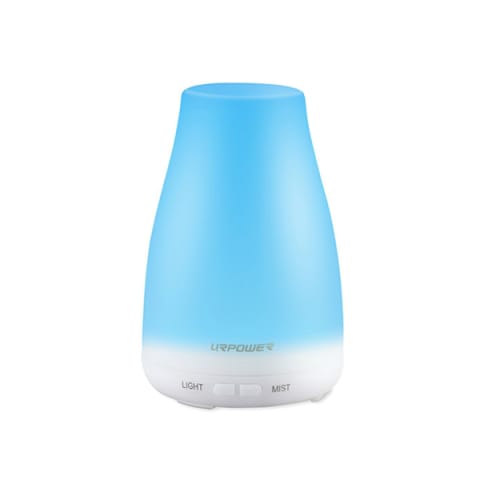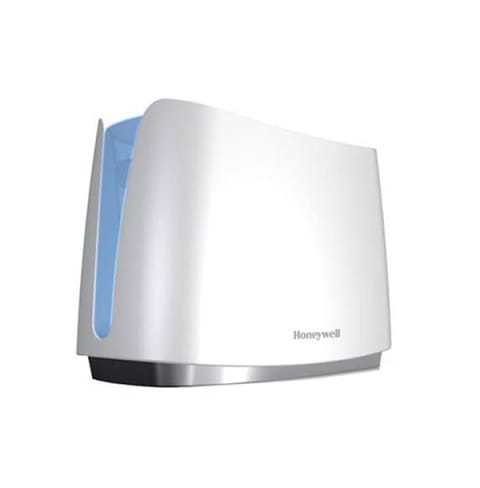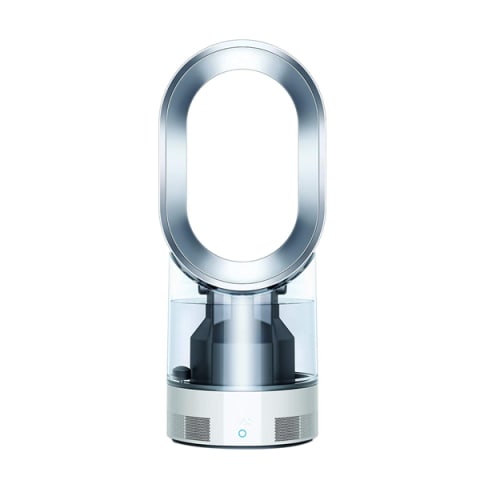To ring in the holiday season and the start of lots of snuggly time indoors with friends and family, we’re breaking down the basics of healthy moisture levels at home. And no, we won’t judge you for putting a humidifier on your Christmas list this year. When you’ve got your meter and are measuring humidity in each room, don’t forget about the bathroom! Elgez says that while most bathrooms have built-in ventilation, or fans, these days, the ones that don’t are poised for high humidity and mold growth. “I’ve had many patients getting sick living in an apartment that doesn’t have a fan or window in the bathroom,” he says. “They would complain it was very damp and moldy.” “A lot of people think black mold is the one to worry about, but it turns out there are a lot of different species of mold that could grow at home,” he says. “White mold, Aspergillus, can actually be more toxic depending on what species it is.” While black mold requires about 90 percent humidity to grow (that’s why you’ll usually see it in eternally damp places like the shower or windowsill), white mold, which you usually need a microscope to see, can survive at about 60 to 70 percent humidity. But don’t freak out: If a room’s humidity is approaching the danger zone, a small dehumidifier will probably do the trick to bring it back down to normal levels. There are tons of options on the market these days; just keep in mind that some are noisier than others if you’re placing it in a bedroom. If you’re concerned that your home has a mold problem, either because you can see it growing or you are experiencing symptoms of mold exposure like headaches and chronic fatigue, you’re going to want to call in an expert to test the air quality. “Air sample testing is one of the best things you can do—that’s when they look for spore counts,” Elgez explains. “It’s a little tricky, so you really want to make sure it’s done properly. If you have a positive spore count, there’s a species growing there.” Pro tip: If a room has that musty scent that you’d associate with an old basement, Elgez says it likely has mold: “Nothing really produces that smell. It’s a big red flag.” URPOWER Essential Oil Diffuser Humidifier ($16.99) Honeywell Germ Free Cool Mist Humidifier ($77.96) Dyson AM10 Humidifier ($399) Emma received her B.A. in Environmental Science & Policy with a specialty in environmental communications from Duke University. In addition to penning over 1,000 mbg articles on topics from the water crisis in California to the rise of urban beekeeping, her work has appeared on Grist, Bloomberg News, Bustle, and Forbes. She’s spoken about the intersection of self-care and sustainability on podcasts and live events alongside environmental thought leaders like Marci Zaroff, Gay Browne, and Summer Rayne Oakes.





